I'm trying to plot a exponential curve (nls object), and its confidence bands.
I could easily did in ggplot following the Ben Bolker reply in this
post.  But I'd like to plot it in the basic graphics style, (also with the shaped polygon)
But I'd like to plot it in the basic graphics style, (also with the shaped polygon)
df <-
structure(list(x = c(0.53, 0.2, 0.25, 0.36, 0.46, 0.5, 0.14,
0.42, 0.53, 0.59, 0.58, 0.54, 0.2, 0.25, 0.37, 0.47, 0.5, 0.14,
0.42, 0.53, 0.59, 0.58, 0.5, 0.16, 0.21, 0.33, 0.43, 0.46, 0.1,
0.38, 0.49, 0.55, 0.54),
y = c(63, 10, 15, 26, 34, 32, 16, 31,26, 37, 50, 37, 7, 22, 13,
21, 43, 22, 41, 43, 26, 53, 45, 7, 12, 25, 23, 31, 19,
37, 24, 50, 40)),
.Names = c("x", "y"), row.names = c(NA, -33L), class = "data.frame")
m0 <- nls(y~a*exp(b*x), df, start=list(a= 5, b=0.04))
summary(m0)
coef(m0)
# a b
#9.399141 2.675083
df$pred <- predict(m0)
library("ggplot2"); theme_set(theme_bw())
g0 <- ggplot(df,aes(x,y))+geom_point()+
geom_smooth(method="glm",family=gaussian(link="log"))+
scale_colour_discrete(guide="none")
Thanks in advance!

